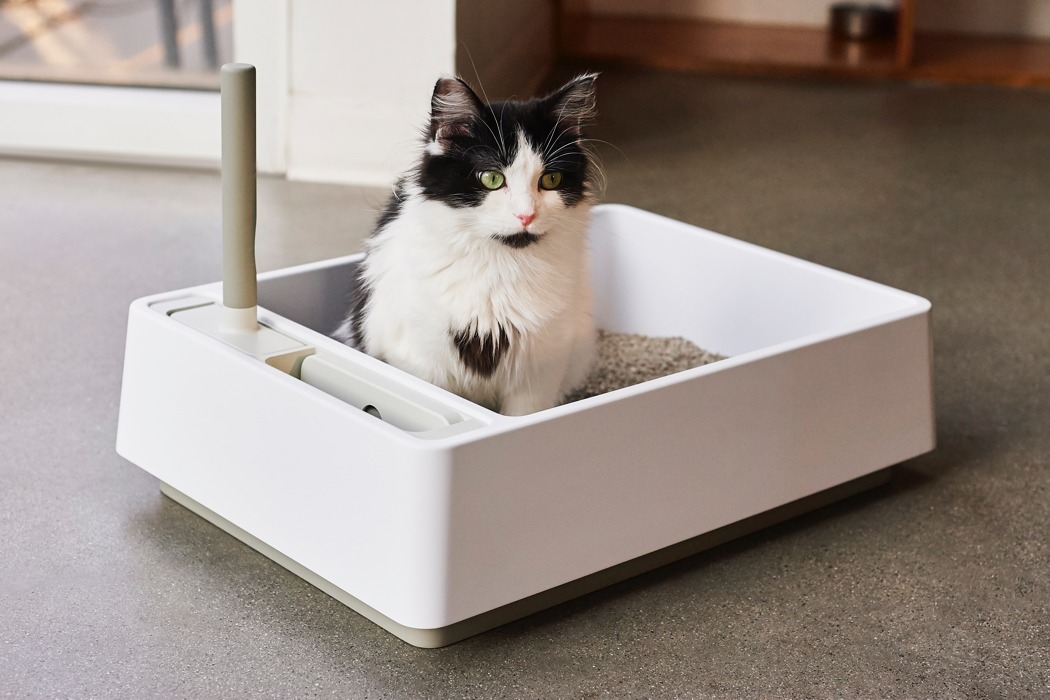Understanding Cat Litter
Cats have been companions to humans for thousands of years. Over time, we have adapted to living with cats by providing them with food, shelter and yes, a place to go potty. Cat litter helps cats eliminate waste inside and keeps our homes cleaner. But many cat owners don’t fully understand all there is to know about this essential cat care product. In this article, we explore the different types of cat litter, how to choose the best one for your furry friend and tips for proper litter box care.
Types of Cat Litter
There are several different types of cat litter available on the market. Knowing the pros and cons of each can help you pick the best option for your cat:
Clumping Clay Litter
Clay litters are the most commonly used and absorbent. They turn solid when wet to easily scrape waste into the trash. However, some cats don’t like tracking clay residue. Clay is also dusty and needs frequent scooping.
Clumping Clay Crystals
Similar to clay but made of silica crystals that absorb moisture quickly. They produce less dust but may track similarly to clay. Prices vary but crystals tend to be more expensive than clay.
Silica (Crystal) Litter
Made of crushed silica crystals that feel sandy. They absorb odors well but don’t clump as easily as clay for disposal. Some cats prefer the texture but others don’t like tracking silica.
Clay-based Clumping
Combines the absorption of clay with added ingredients like wheat or walnut shells to clump more effectively. Cleanup is easier than plain clay but prices are higher.
Non-clumping Litter
Made of paper, pine or wheat and doesn’t clump. It’s flushable for multi-cat homes but doesn’t effectively absorb odors or urine. Require frequent changes.
Picking the Right Litter
When choosing litter, consider your cat’s preferences, litter box location and your budget and cleaning needs:
– Cats with soft paws often prefer finer-grained litters like crystals that don’t stick between toes as much as clay.
– Odor control is important if the box is near eating or relaxing areas. Clumping litters perform best but non-clumping papers may suffice for outdoor boxes.
– Dustiness is a factor if allergies are a concern. Consider crystals or baking soda/silica blends over dusty clay.
– Disposal ease – will you scoop waste daily or does a litter need to clump more for trash bag disposal?
– Budget – while most cats do fine on cheap clay, clumping blends or crystal litters may be worth it for convenience.
Proper Litter Box Care
Once you choose a litter, following good care practices keeps your kitty and home smelling fresh:
– Scoop waste daily or the litter stops being absorbent and smell controlling.
deep clean boxes monthly by washing with soap/water or replacing litter completely.
– Provide one litter box per cat, plus an extra. Cats will use appropriately sized and placed boxes.
– Dusty litters should be stirred regularly to prevent caking and tracking.
– Extra boxes in multi-cat homes prevents disputes. Consider different boxes per cat if any show preferences.
– Place boxes away from food/water and high traffic areas where cats feel exposed. Privacy promotes use.
– Consider covered boxes for clawing cats or to prevent littering outside the box in protest.
Understanding Cat Litter Preferences and Needs
Proper litter selection and care keep cats and homes cleaner and smelling better. While options vary widely, the key is finding what works best for your individual cat based on its needs and your own. With some trial and error of different litters and box placements, you can give your furry friend the best potty experience possible indoors. With the right litter box setup, human and cat can live together happily.
*Note:
1. Source: Coherent Market Insights, Public sources, Desk research
2. We have leveraged AI tools to mine information and compile it




